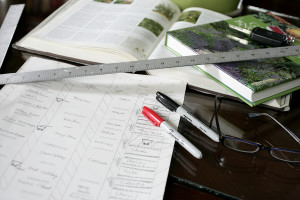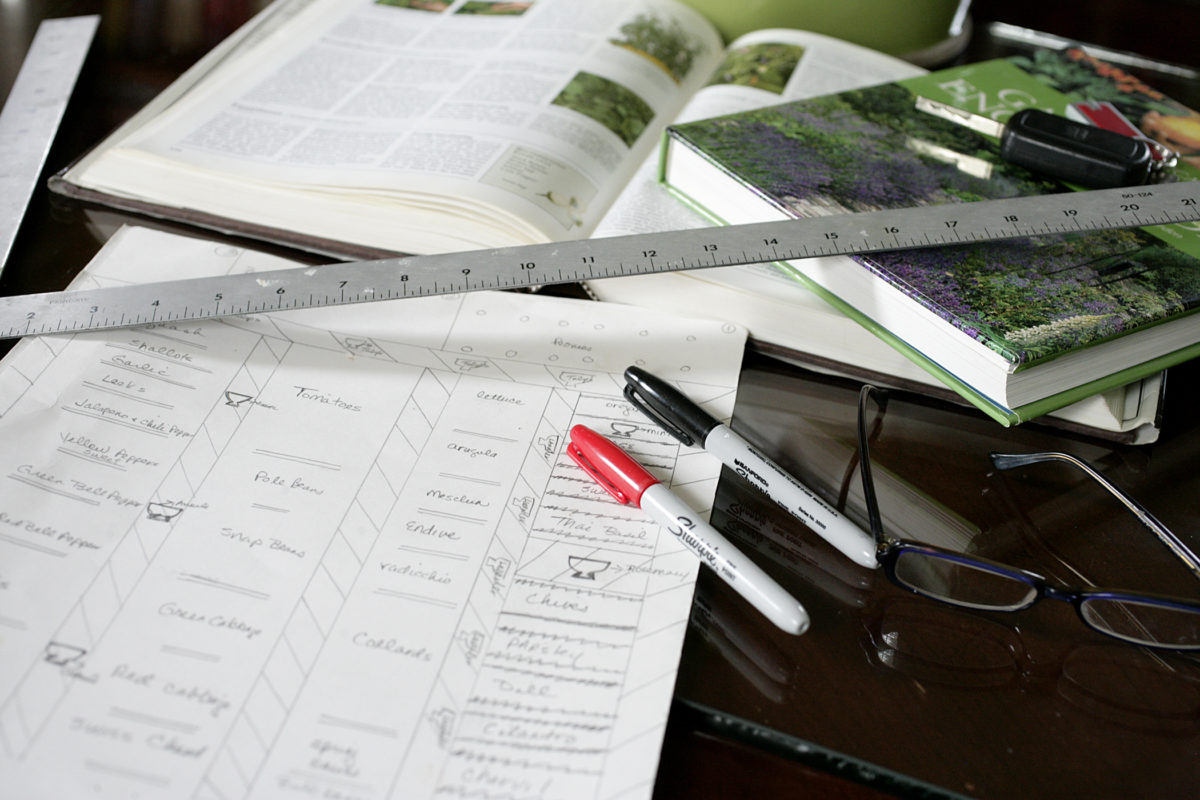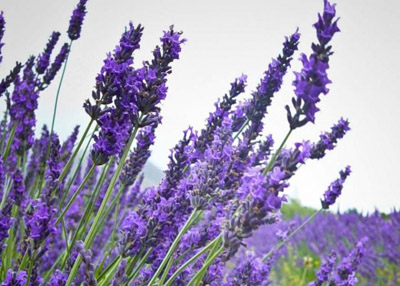
As a woman who absolutely loves to cook, there is nothing more satisfying than walking among rows of fresh vegetables and herbs in my own garden in search of what to put on the table for dinner. There is also no better way to get the freshest produce possible than to grow it myself. Fresh vegetables and herbs are the secrets around our house to the delectable dishes that I create for both my work and for the enjoyment of family and friends.
Growing your own vegetables and herbs is not complicated and you get to decide just how big or small your garden will be.
Here are some simple tips to get your started:
1. First you will need to decide how much time you will have to not only plant but maintain the space as well. Keep in mind, you will need to allocate time to water, weed and plant throughout each season, so think about what you are able to do on a consistent basis. My best advice to anyone is to start small and if you discover you can devote more time than you thought initially, it is nothing to add a bit more space.
2. The benefit of the potager is that if you plan your garden well, you will be able to harvest fresh vegetables winter, spring, summer and fall.
3. Using your graph paper, draw the design of your garden using 1″ squares to represent one square foot.
4. Draw out a section for salad greens and mark it area #1. Depending on the size of your area you will want to include different kinds of lettuce such as mesclun greens, romaine, radicchio, butter, etc. I recommend that you start small with two to three rows. This area will be replanted a few times, depending on the region of the country in which you reside. This will be the first area you will plant as lettuce, spinach, etc. are considered cool weather or early vegetables. Label each area with corresponding numbers in order to define your planting areas.
5. Be sure to design your area to plant companion vegetables together. You can also intersperse herbs between the vegetables to create interest and to keep insects away. The reason for this is there are certain vegetables that are actually toxic to one another so be sure to do your research.
6. For herbs, consider planting things like oregano and mint in beautiful pots and place in the vegetable garden between the beds. These herbs are very fast growing and aggressive and will spread fast into areas where other vegetables are planted. Keep in mind too that any potted vegetables or herbs will need to be watered more often.
7. Determine which zone you live in and using the instructions on the seed packets for planting times and growth cycles, determine when to begin to sow your seeds. If you will start your seeds indoors, be sure to allow time in between planting in the ground and sowing indoors. You will also need to allow a few days of placing the seedlings out of doors in the seedling planting container to allow them to harden or get used to the change from indoors to outdoor temperatures. For those of you with fireplaces and who burn real hardwood, be sure to save some of the ashes. I will share what to do with them once you are well into growing season.
For basic gardening tips, be sure to visit your local garden centers for free workshops and tips on planting a vegetable garden with detailed instructions based upon your area.
Because life should be good!




